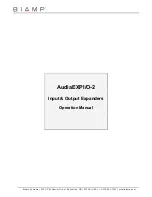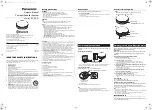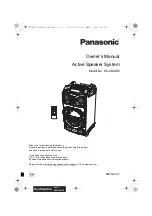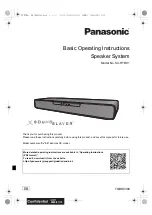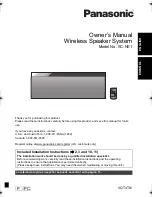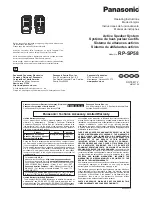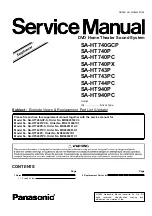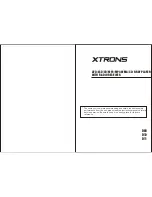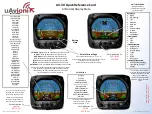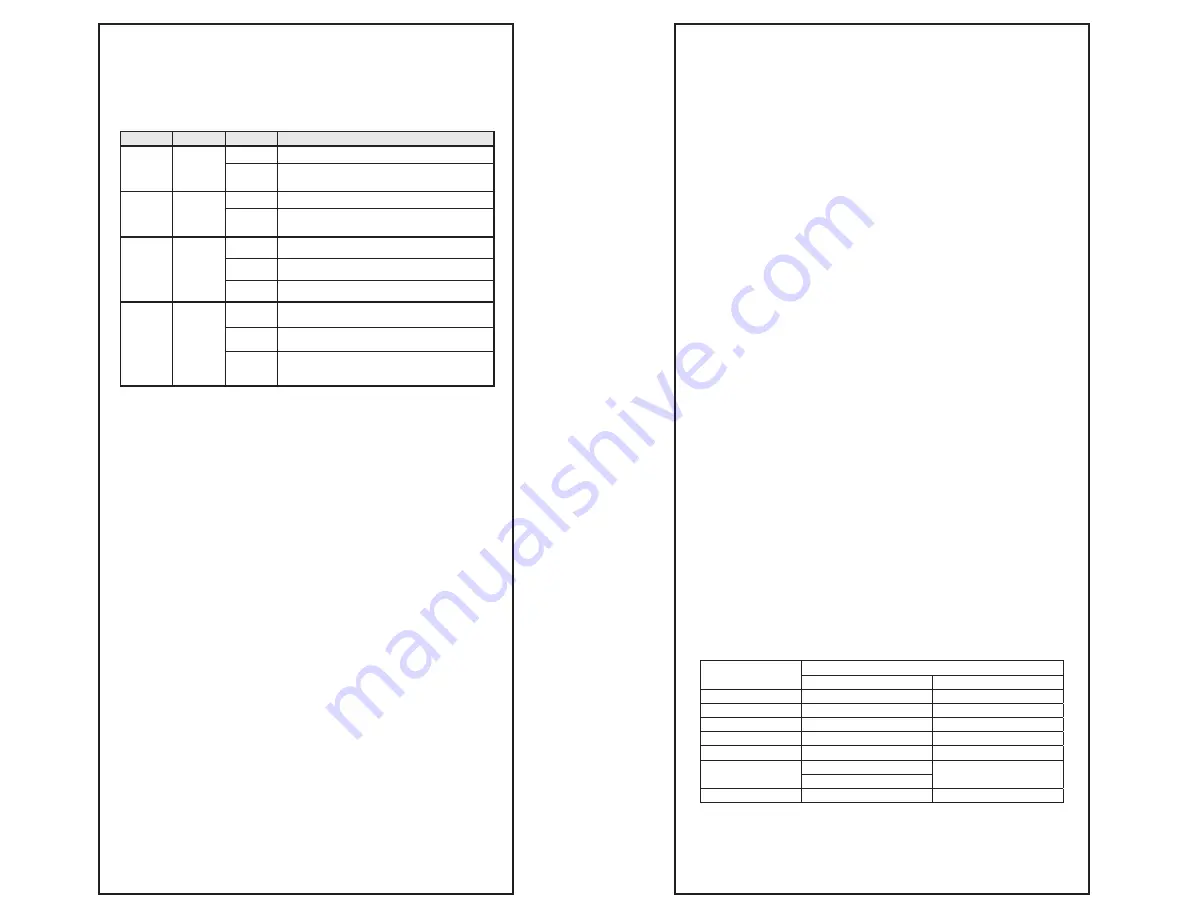
- 13 -
LED Indicators
The front panel of the Moxa EtherDevice Switch contains several LED
indicators. The function of each LED is described in the table below.
LED
Color
State
Description
On
Power is being supplied to power input P1.
P1
AMBER
Off
Power is not being supplied to power input
P1.
On
Power is being supplied to power input P2.
P2
AMBER
Off
Power is not being supplied to power input
P2.
On
TP port’s 10 Mbps link is active.
Blinking Data is being transmitted at 10 Mbps.
10M
Yellow
Off
TP Port’s 10 Mbps link is inactive
On
TP port’s 100 Mbps link is active.
Blinking Data is being transmitted at 100 Mbps.
100M
GREEN
Off
100Base TP Port’s link is inactive.
Auto MDI/MDI-X Connection
The Auto MDI/MDI-X function allows users to connect the EDS’s
10/100BaseTX ports to any kind of Ethernet device, without needing to pay
attention to the type of Ethernet cable being used for the connection. This
means that you can use either a straight-through cable or cross-over cable to
connect the EDS to Ethernet devices.
Dual Speed Functionality and
Switching
The Moxa EtherDevice Switch’s 10/100 Mbps switched RJ45 port auto
negotiates with the connected device for the fastest data transmission rate
supported by both devices. All models of Moxa EtherDevice Switch are
plug-and-play devices, so that software configuration is not required at
installation, or during maintenance. The half/full duplex mode for the switched
RJ45 ports is user dependent and changes (by auto-negotiation) to full or half
duplex, depending on which transmission speed is supported by the attached
device.
Switching, Filtering, and Forwarding
Each time a packet arrives at one of the switched ports, a decision is made to
either filter or forward the packet. Packets with source and destination
addresses belonging to the same port segment will be filtered, constraining
those packets to one port, and relieving the rest of the network from the need to
process them. A packet with destination address on another port segment will
be forwarded to the appropriate port, and will not be sent to ports where it is
not needed. Packets that are used in maintaining the operation of the network
(such as the occasional multi-cast packet) are forwarded to all ports. The EDS
operates in the store-and-forward switching mode, which eliminates bad
packets and enables peak performance to be achieved when there is heavy
traffic on the network.
- 14 -
Switching and Address Learning
The EDS has an address table that can hold up to 1024 addresses, which makes
it suitable for use with large networks. The address tables are self-learning, so
that as nodes are added or removed, or moved from one segment to another, the
EDS automatically keeps up with new node locations. An address-aging
algorithm causes the least-used addresses to be deleted in favor of newer, more
frequently used addresses. To reset the address buffer, power down the unit and
then power it back up.
Auto-Negotiation and Speed Sensing
All of the EDS’s RJ45 Ethernet ports independently support auto-negotiation
for speeds in the 10BaseT and 100BaseTX modes, with operation according to
the IEEE 802.3u standard. This means that some nodes could be operating at
10 Mbps, while at the same time, other nodes are operating at 100 Mbps.
Auto-negotiation takes place when an RJ45 cable connection is made, and then
each time a LINK is enabled. The EDS advertises its capability for using either
10 Mbps or 100 Mbps transmission speeds, with the device at the other end of
the cable expected to advertise in a similar manner. Depending on what type of
device is connected, this will result in agreement to operate at a speed of either
10 Mbps or 100 Mbps. If an EDS RJ45 Ethernet port is connected to a
non-negotiating device, it will default to 10 Mbps speed and half-duplex mode,
as required by the IEEE 802.3u standard.
Specifications
Technology
Standards
IEEE 802.3 for 10BaseT,
IEEE 802.3u for 100BaseT(X) and 100BaseFX,
IEEE 802.3x for Flow Control
Processing Type
Store and Forward
Flow Control
IEEE 802.3x flow control, back pressure flow
control
Interface
RJ45 Ports
10/100BaseT(X) auto negotiation speed, F/H
duplex mode, and auto MDI/MDI-X connection
Fiber Ports
100BaseFX ports (SC/ST connector,
multi/single-mode)
LED Indicators
P1, P2 (Power), 10/100M (TP port), and 100M
(Fiber port)
DIP Switch
enable/disable broadcast storm protection
Optical Fiber
100BaseFX
Multi-mode Single-mode
Wavelength
1300 nm
1310 nm
Max. TX
-10 dBm
0 dBm
Min. TX
-20 dBm
-5 dBm
RX Sensitivity
-32 dBm
-34 dBm
Link Budget
12 dB
29 dB
5 km
a
Typical Distance
4 km
b
40 km
c
Saturation
-6 dBm
-3 dBm
a.
using [50/125
ȝ
m, 800 MHz*km] cable
b.
using [62.5/125
ȝ
m, 500 MHz*km] cable
c.
using [9/125
ȝ
m, 3.5 PS/(nm*km)] cable



